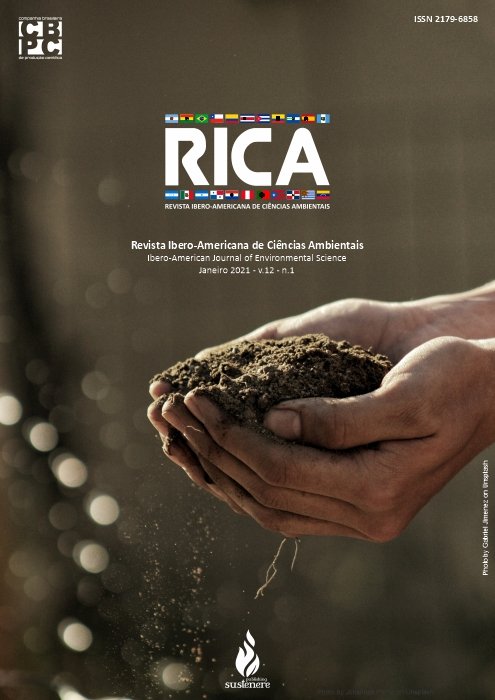Surface temperature and land use and coverage in municipalities in the metropolitan region of Belém/PA
DOI:
https://doi.org/10.6008/CBPC2179-6858.2021.001.0018Keywords:
Geoprocessing, Temperature, Land Use, Belém, Environmental QualityAbstract
The disordered forms of land use and cover result in the intense waterproofing of cities, in addition to causing the intensification of heat islands. Geoprocessing has been a primary tool, with great advances, for the stages of gathering and processing information related to environmental issues. The study aims to assess changes in the temperature of the Earth's surface and in land use and cover in 2001, 2008 and 2018 in the municipalities of Belém and Ananindeua/PA, using images from the Landsat 5 and 8 satellites. For the analyzes were made maps of Land Use and Coverage and Earth Surface Temperature (EST). The treatment and analysis of image data at all stages were performed using the QGis 2.18 software. It was found that there was no variation in the class of dense vegetation from 2001 to 2008, with a significant change only in 2018. In relation to the secondary vegetation class, it was observed that from 2001 to 2018 there was a loss of 44% of this class. As for the anthropized area class, there was an increase of 62% in the years evaluated, it was the class where the greatest area evolution occurred. For the temperature of the municipalities under study, it was observed that in the northern region in 2001, the temperature was at most 23 °C, however, in 2018 it presented higher values, ranging from 20 °C to 26 °C. According to the results, the increase in urbanization in these metropolitan municipalities has been intensifying over the years and has invaded new areas, which causes an increasing environmental imbalance in these regions. Thus, the geoprocessing tools are excellent for diagnosis and decision making in monitoring the environmental quality and urban planning of the region.
Downloads
Downloads
Published
Issue
Section
License
The CBPC - Companhia Brasileira de Produção Científica (Brazil CNPJ: 11.221.422/0001-03) the material rights of the published works. The rights relate to the publication of the work anywhere in the world, including rights to renewals, expansions and dissemination of the contribution, as well as other subsidiary rights. All electronically published works may subsequently be published in printed collections under the coordination of this company and / or its partners. The authors preserve the copyright, but are not allowed to publish the contribution in another medium, printed or digital, in Portuguese or in translation.









